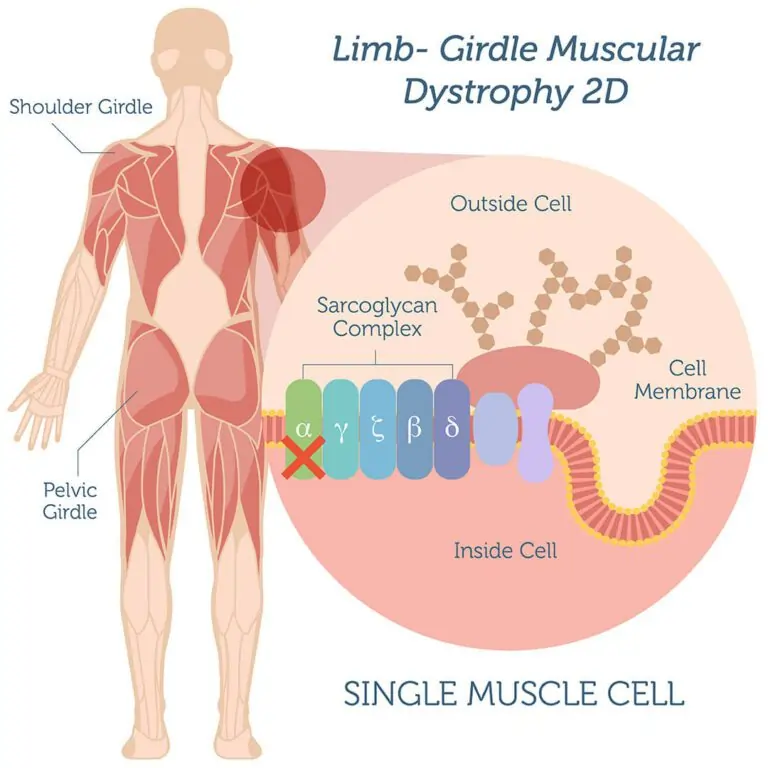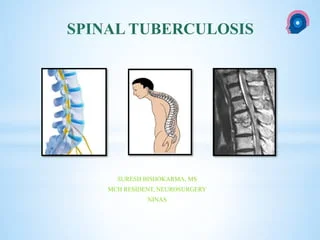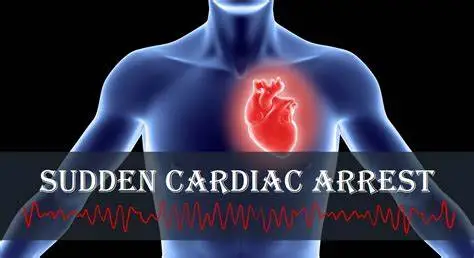Anasarca
Table of Contents
What is Anasarca?
Anasarca is a medical condition characterized by severe fluid accumulation in the middle of body cells and inside body cavities, which tends to swell in all parts of the body.
Anasarca is a severe and generalized type of edema, with subcutaneous tissue swelling throughout the body. Unlike typical edema, which almost every individual will experience at some time and may be relatively benign, anasarca is a pathological process reflecting a severe disease state and may include the cavities of the body in addition to the tissues.
What is the difference between Anasarca and edema?
Anasarca is a kind of extreme, generalized edema, which is when fluid accumulation causes a palpable swelling throughout the whole body.
- Edema often develops when one of the two forces—hydrostatic pressure or oncotic pressure—that govern fluid transport through capillary walls changes. While capillary oncotic pressure pulls the fluid back into the capillary, capillary hydrostatic pressure forces fluid to flow from the capillaries and into the interstitial space, or the space between cells.
- The oncotic pressure is a type of pressure that blood cells and proteins like albumin, which is made in the liver, impose.
- Only a very small quantity of fluid escapes into the interstitial space when these two forces are considered, and that fluid is normally taken up by the lymphatic system’s capillaries.
Signs and symptoms of Anasarca
Physical appearance may involve:
- Periorbital edema “eye puffiness”
- Perioral edema
- Upper extremity edema
- Ascites
- Lower extremity edema
- Pre-tibial edema
- Pedal edema
Physical manifestations may involve:
- Impaired vision, difficulty opening eyes
- Shortness of breath, dyspnea on exertion, orthopnea
- Chest pain
- Extreme discomfort
- Debilitation
Causes of Anasarca
Anasarca is frequently caused by decreased oncotic pressure.
- Organ failure
- Liver failure
- Kidney failure[medical citation needed
- Right-sided heart failure[medical citation needed
- Malignancy
- Diet
- Severe protein deficiency
- Systemic manifestations of
- Nephrotic syndrome
- Protein-losing enteropathies
- Capillary leak syndrome
In utero
In Hb Barts, the high oxygen affinity outcome in poor oxygen delivery to peripheral tissues, resulting in anasarca.
Iatrogenic
It may also be caused by the administration of exogenous intravenous fluid.
Anasarca is generally an outcome of abnormalities in blood vessels, blockage in the lymphatic vessels, and water retention in the entire body. The condition happens due to several reasons. Downward given are some of the most typical.
Kidney disease- The kidneys no longer function as they should, they may not remove fluids from the body adequately. This retention of fluid causes anasarca.
Liver cirrhosis- Cirrhosis happens when the liver fails to function. Liver disease generates changes in hormones that, in turn, influence the regulation of fluids in the body. Liver failure is accountable for fluid leakage into the tissues.
Malnutrition– protein deficiency in the diet may tend to fluid accumulation in the tissues. When the deficiency is extreme, it may tend to anasarca.
Allergic reaction- The whole body might retain fluid because of an allergic reaction. When the reaction is severe, anasarca may develop.
Capillary leak syndrome- This is a less frequent cause of anasarca. It occurs when protein and fluid leak out of the blood vessels into the body tissues. Research on why this happens is still very scarce, but scientists believe it is because of inflammation and injury to blood vessels. They have found that this occurs because of some medications and toxins. One case study shows that capillary leak syndrome may also occur due to certain cancer medications like gemcitabine. In another analysis, anasarca occurred because of a snakebite.
Excessive administration of intravenous fluids- Hospitals will frequently administer intravenous fluids to treat various conditions, involving infection, dehydration, and shock. If the body is unable to adapt to these fluids, a person can develop severe edema.
Side Effect of Medication- Too many medications, involving specific cancer treatments, may cause anasarca. The other usual types that might cause the condition involve blood pressure drugs such as amlodipine. Steroid drugs are also accountable for the condition. Discontinuing such drugs will frequently resolve anasarca symptoms.
Diagnosis
Anasarca is diagnosed clinically and distinguished from edoema by the intensity and degree of body involvement. Anasarca is the most severe kind of edoema, affecting the entire body and causing subcutaneous tissue swelling from the head to the feet, whereas edoema is often categorized on a mild/moderate/severe scale and typically affects one or two parts of the body.
Testing
Although there is no definitive test to prove anasarca, many tests may be useful to help in the diagnosis. Anasarca is most frequently seen in conjunction with a low level of albumin.
If you develop symptoms of anasarca, see the doctor as soon as possible for diagnosis and treatment. A physical examination and assessment of the medical history will be important for the diagnosis. The doctor can also run various other tests to identify the underlying condition causing the anasarca, including:
A series of blood tests to check the liver, heart, and kidney functions, as well as the hemoglobin levels
A CT scan to inspect the chest cavity
A heart ultrasound or echocardiogram to show any anomalies in the anatomy and function of the heart
A stress test to observe heart function
Allergy tests
Treatment of Anasarca
- The underlying issue must be found and treated for the doctor to provide you with the proper therapy.
- Diuretics are necessary in severe cases of anasarca in order to help the body eliminate extra fluid through urination.
- Furosemide is one diuretic that is frequently administered.
- In addition to medications, this home-care advice may also assist in treating anasarca:
- Limit salt intake to decrease the swelling connected with anasarca.
- Gently massage the body in the direction of the heart.
- Exercise to pump out extra fluid, back to the heart.
- Talk to the doctor first if you have a heart problem.
- Improve the protein and fiber intake.
- The cure of the underlying etiology should drive the management of anasarca but generally involves diuresis. Pulmonary edema is one of the few life-threatening generalized edema requiring immediate therapy. In all other edematous states, removal of the excess fluid may proceed more slowly as it is not acutely life-threatening to the patient.
- In patients with generalized edema because of heart failure, nephrotic syndrome, or primary sodium retention, the edema fluid may be mobilized quickly with the help of loop or thiazide diuretics.
- In patients with anasarca, removing 2 to 3 liters or more of edema fluid in 24 hours may ordinarily be accomplished without a clinically significant reduction in plasma volume.
- Diuretic treatment may have a tendency to volume depletion in individuals with localized edoema brought on by venous or lymphatic blockage or malignant ascites.
- A loop diuretic, such as furosemide or bumetanide, is typically used as the first step in diuretic treatment for generalized edematous conditions and anasarca.
- The two cornerstones of therapy for people with cirrhosis and ascites are oral diuretics and sodium restriction.
- A loop diuretic like furosemide and spironolactone should be combined in the diuretic treatment.
- The dietary sodium limitation would be less than 2000 mg/day [88 mmol/day].
- Because it helps to avoid hypokalemia, spironolactone is chosen as an adjuvant to the first diuretic regimen.
- Because hypokalemia makes ammonia generation more likely to occur.
- The first dosage is 100–200 mg/d of spironolactone and 20–40 mg/d of furosemide.
- A chance “spot” measurement of urine salt content can be used to track the diuretic dosage.
- Increase the dosage of diuretics until the potassium and sodium concentrations in the urine are equal.
- Nephrotic syndrome individuals may need higher dosages of diuretics, up to 1 mg/kg/day of furosemide and 2 mg/kg/day of spironolactone.
- When a patient has idiopathic edoema and is currently on medication, the primary treatment is to cease the drug for at least two to three weeks and promote salt restriction in the diet.
- Mechanical treatments, such as leg elevation and compression stockings with 20 to 30 mmHg for moderate edoema and 30 to 40 mmHg for severe edoema worsened by ulceration, are the cornerstones of treatment for lower-extremity edoema caused by venous insufficiency.
- In individuals with peripheral arterial disease, compression treatment is not advised. Venous ulcers must get local skin and wound care if subsequent infection and dermatitis are to be avoided. Patients with chronic venous insufficiency frequently develop eczematous (stasis) dermatitis, which is characterized by dry, inflammatory, scaling skin overlaying superficial varicose veins.
- Emollients are used daily to hydrate the skin, and for extremely irritated skin, brief courses of topical steroid creams are prescribed.
- Complex decongestive physiotherapy, such as manual lymphatic massage and multilayer bandages, is used as the primary lymphedema treatment.
- The primary objective is to increase fluid absorption, and this process goes on until the maximal therapeutic response is achieved.
- Compression stockings that are 30 to 40 mmHg are used throughout the maintenance phase of therapy. Pneumatic compression equipment can be used to supplement conventional treatments.
- Surgery is only used in extremely refractory patients to do debulking or bypass treatments.
- There is no evidence that diuretics are useful in the management of lymphedema.
Differential Diagnosis
- Autoimmune conditions such as juvenile dermatomyositis
- Congestive heart failure from any cause
- Hematological disorders such as acute myeloid leukemia or rare causes like TAFRO
- Kidney disease from any cause like:
- Acute or Chronic kidney disease
- IgA nephropathy
- Membranoproliferative glomerulonephritis
- Nephrotic syndrome
- Liver cirrhosis from any cause such as alcohol abuse or hepatitis
- Lymphedema
- Medications: amlodipine
- Pericardial effusion from any cause
- Pregnancy
Prognosis
- Prognosis of anasarca based on the underlying etiology.
- Reversible causes can carry favorable outcomes, whereas irreversible etiologies and malignancies have a poor prognosis.
- However in most cases, by the time anasarca has developed, the underlying issue has advanced beyond cure.
Complications
- If left untreated, common complications involve but are not limited to skin ulcerations, skin infections, pulmonary edema, congestive heart failure, and even death.
FAQ
What is the difference between edema and duck sarcoid?
In many cases, swelling or edema may only affect a certain part of the body, such as the legs, arms, or feet. But in anasarc, the swelling affects the whole body and is considered serious. For example, swelling is often so severe that it makes movement difficult.
Is Anasarc nephrotic syndrome?
Nephrotic syndrome is usually associated with water and sodium retention. The degree of its appearance can vary from mild swelling of the eyelids, which decreases during the day, to swelling affecting the lower extremities, to complete narcosis.
What are the three causes of duck arc?
The most common causes of anasarc are heart failure, cirrhosis, conditions causing low albumin levels, kidney disease such as nephrotic syndrome, and pregnancy. Other causes of duck arch include venous blocks, burns, trauma, malignancies, etc.
Is duck sarcoid curable?
If whatever condition is causing your duckweed is diagnosed and treated, it may go away over time. Doctors can also treat severe cases of duck sarcoid with medications that help the body get rid of excess fluid from the urine. These drugs are called diuretics.
What is the difference between duck arc and third space?
Anasarca is usually caused by capillary filtration/leakage that exceeds the amount of fluid removed by the lymphatic system. Fluid accumulates in the spaces (“third space”).
References
Osmosis – Anasarca: What is it, causes, signs, symptoms, and more. (n.d.). Osmosis. https://www.osmosis.org/answers/anasarca
Wikipedia contributors. (2023). Anasarca. Wikipedia. https://en.wikipedia.org/wiki/Anasarca
Osmosis – Anasarca: What is it, causes, signs, symptoms, and more. (n.d.). Osmosis. https://www.osmosis.org/answers/anasarca







